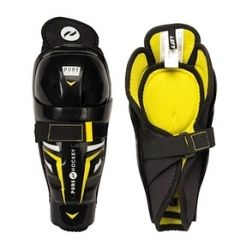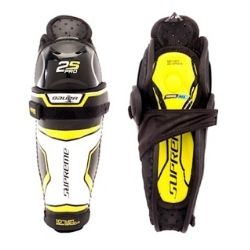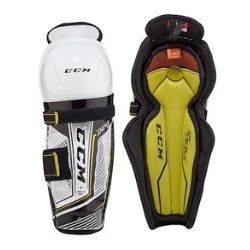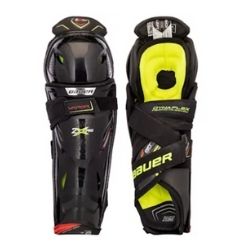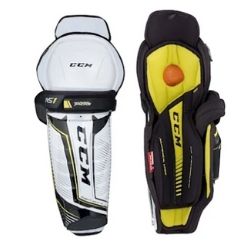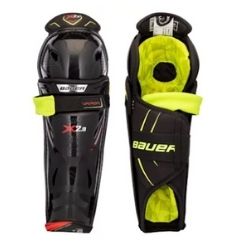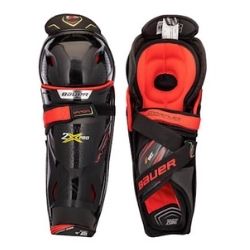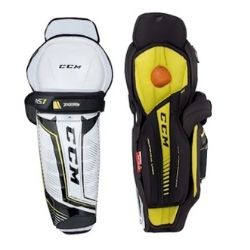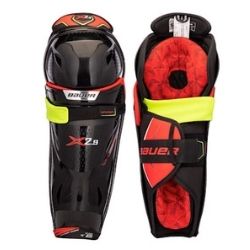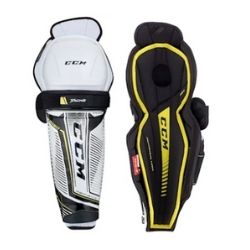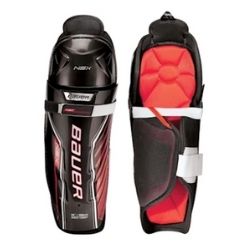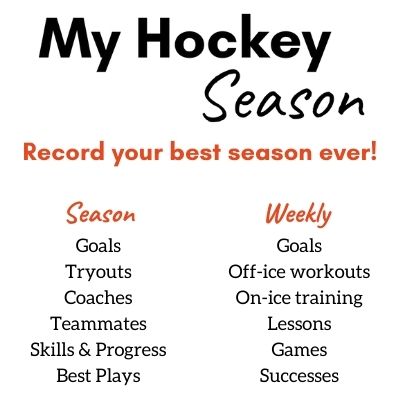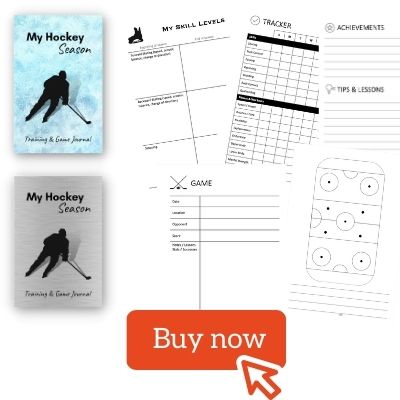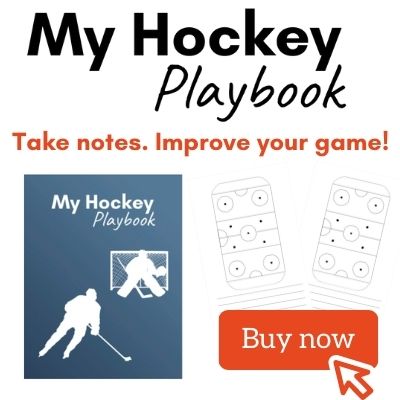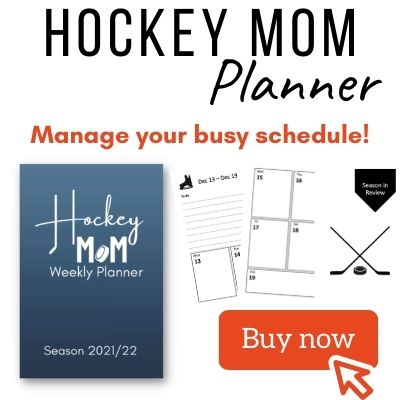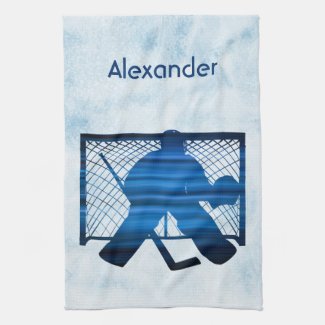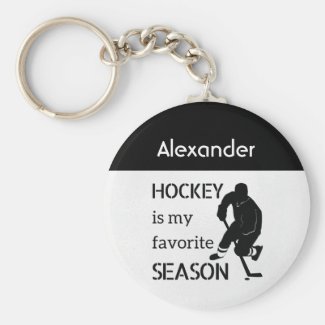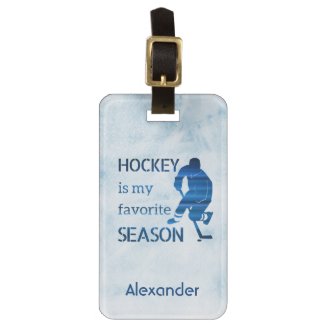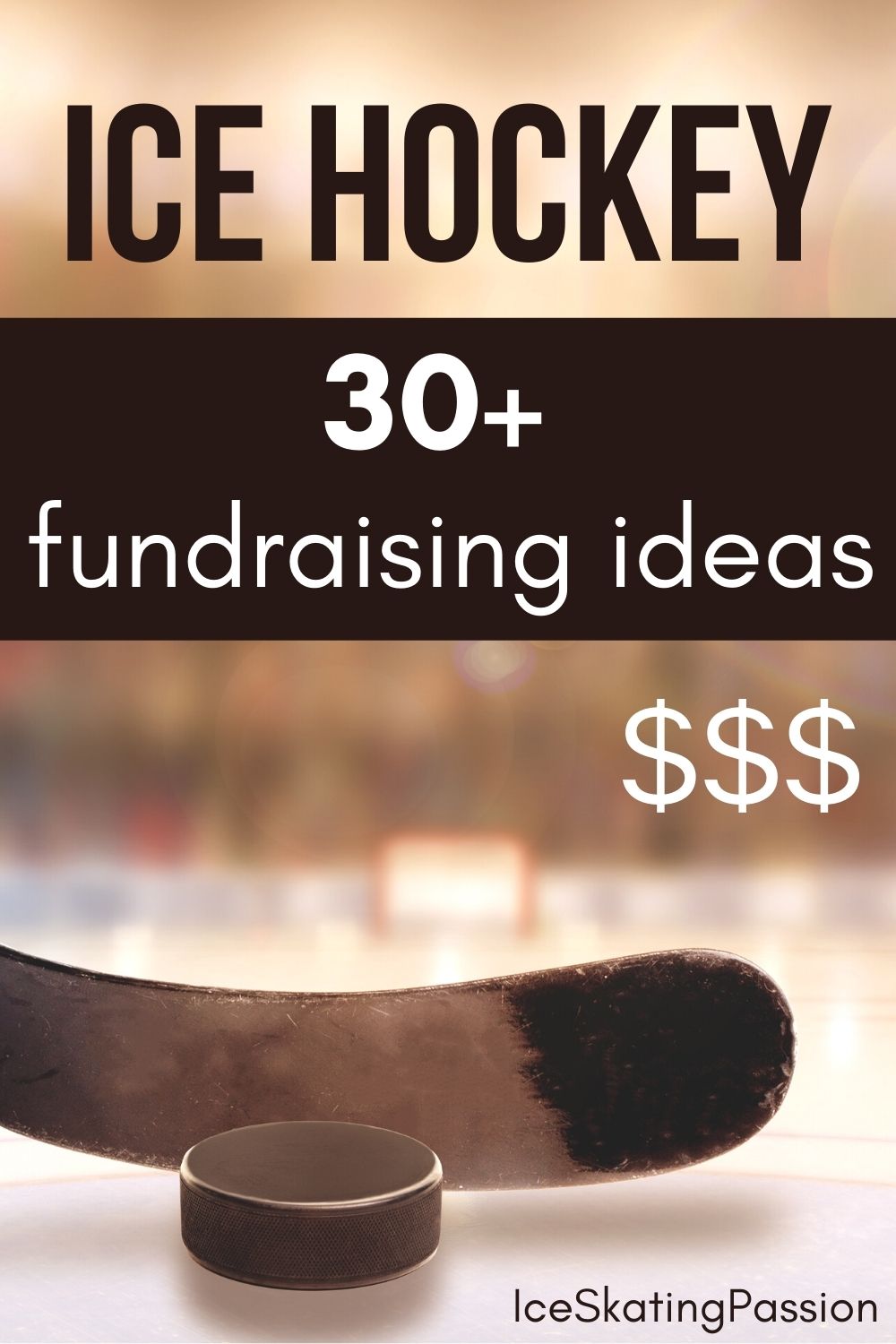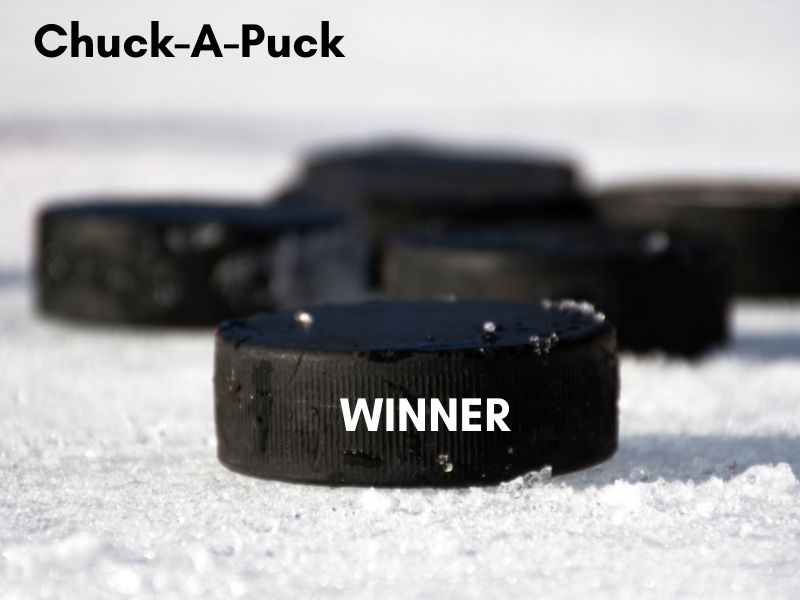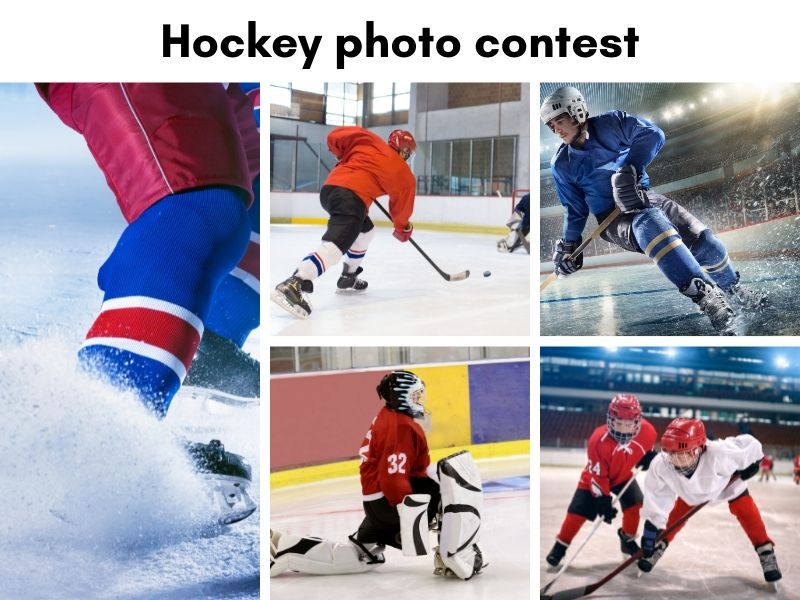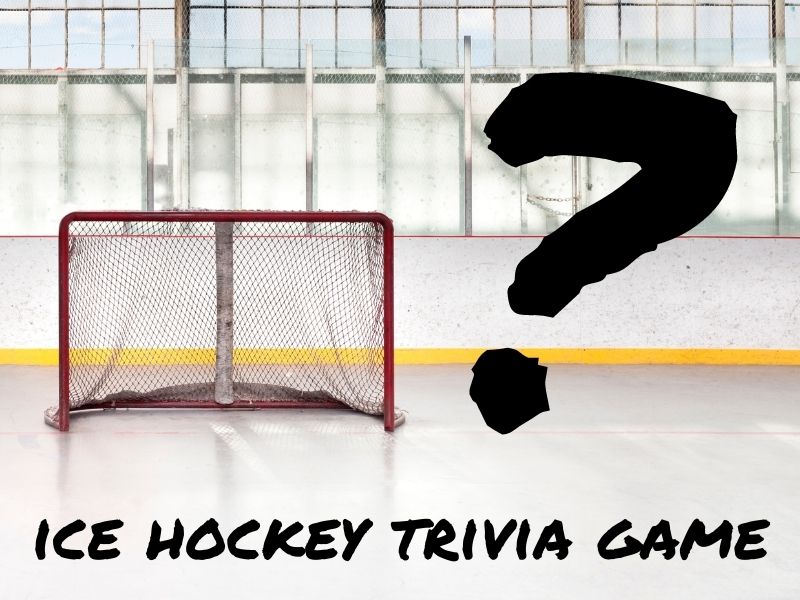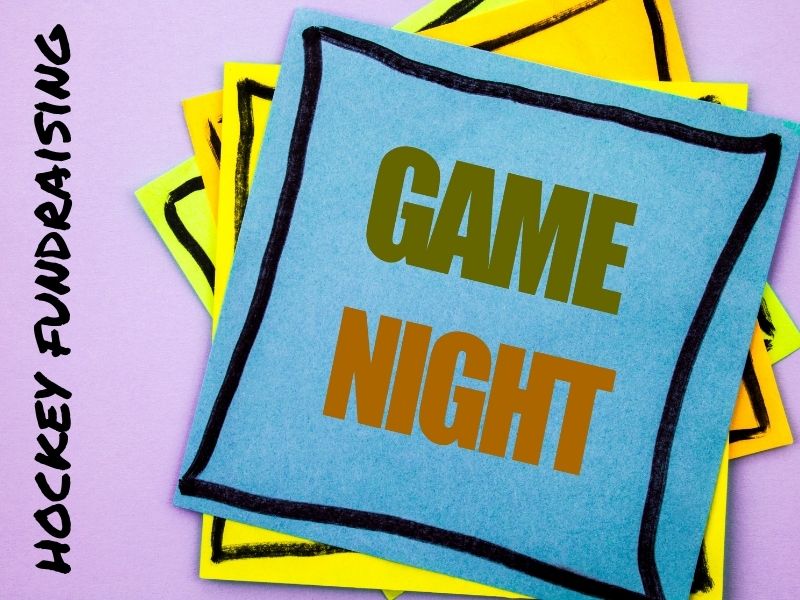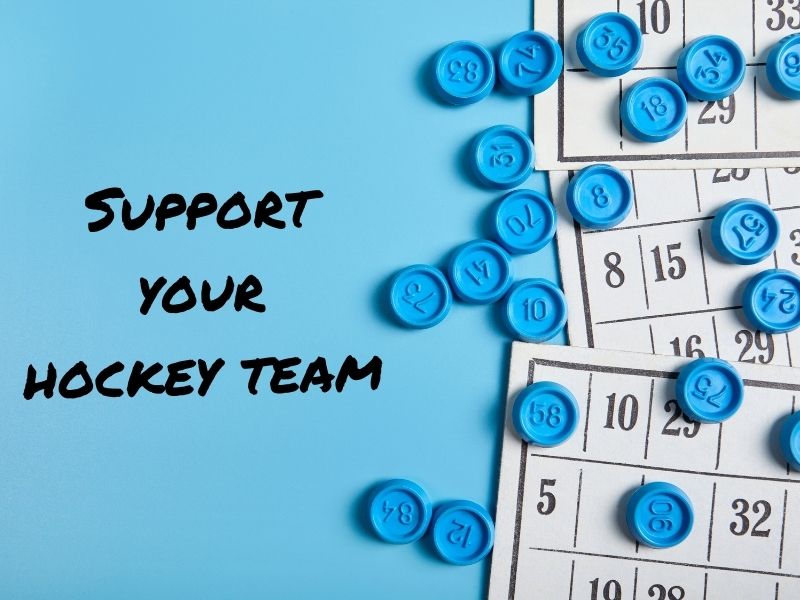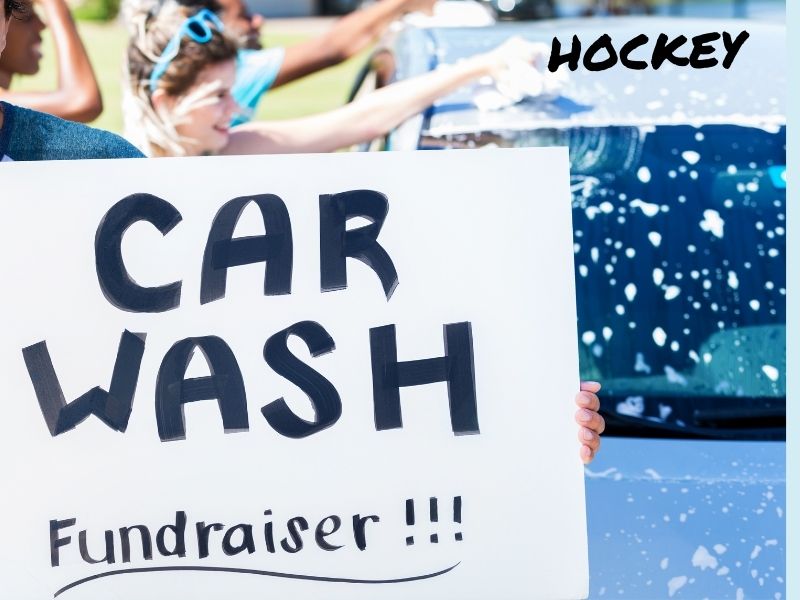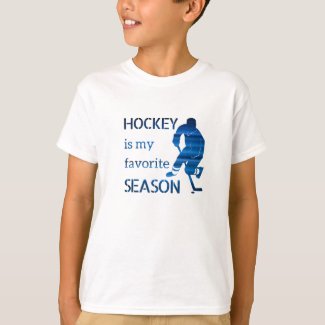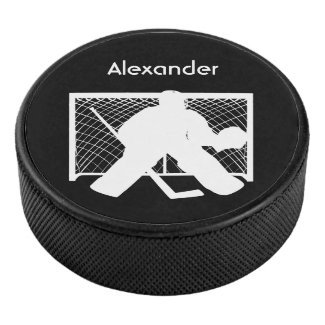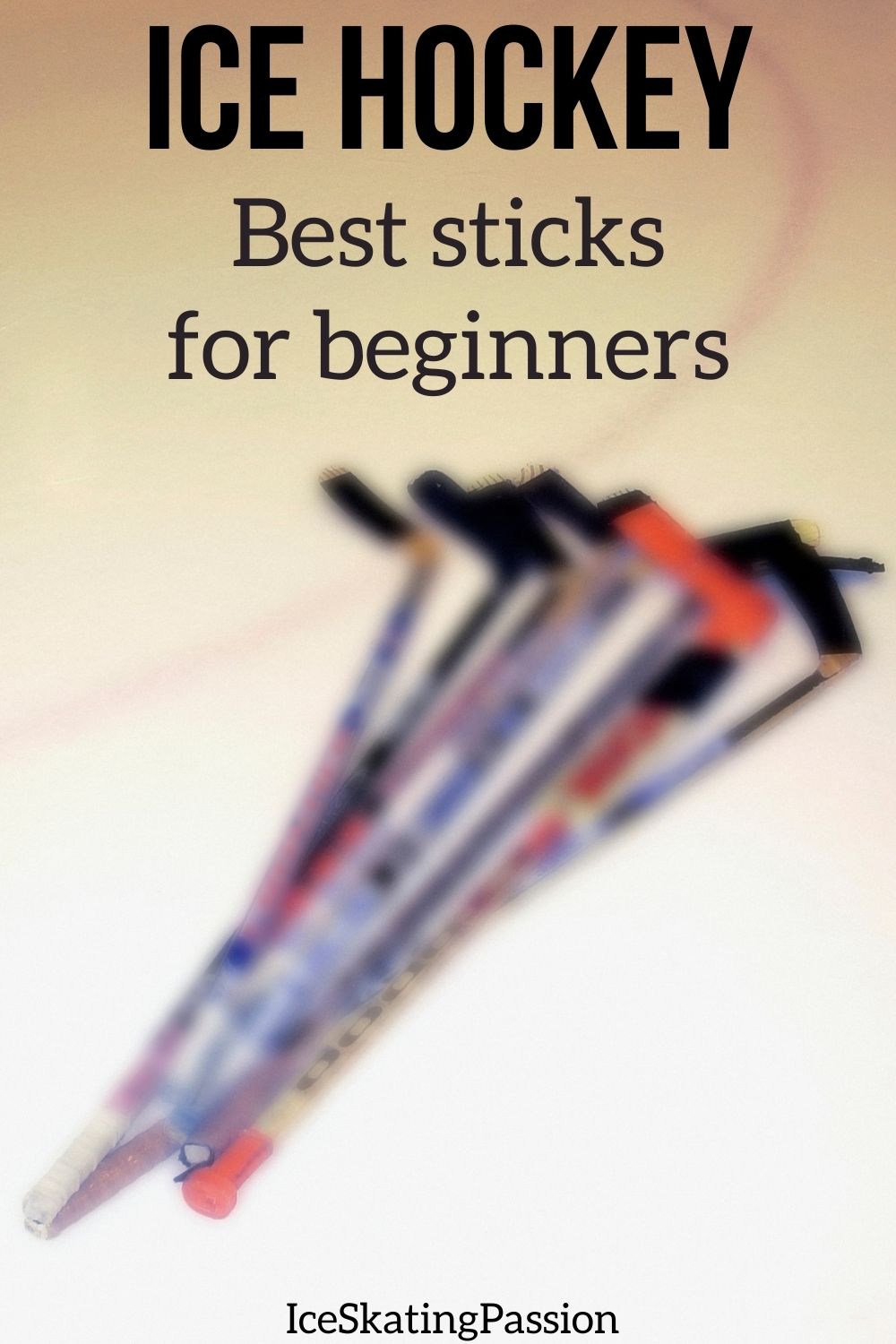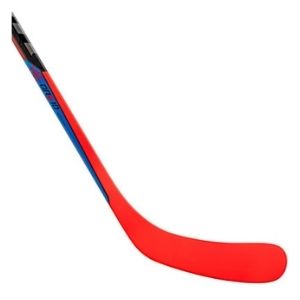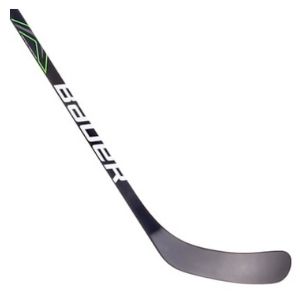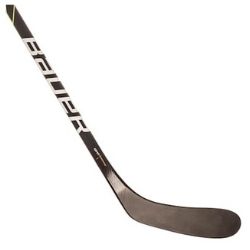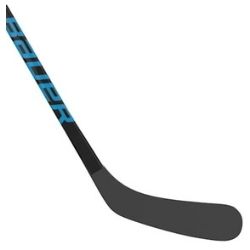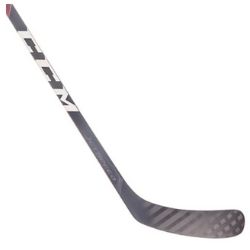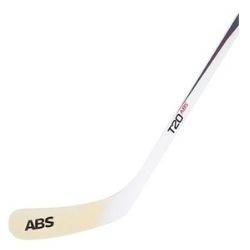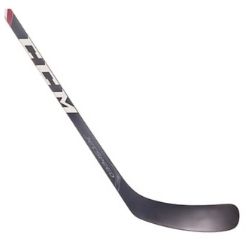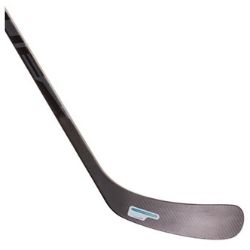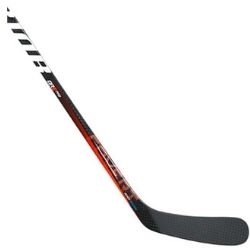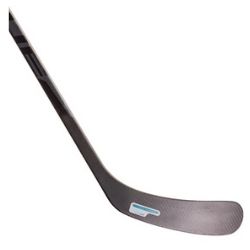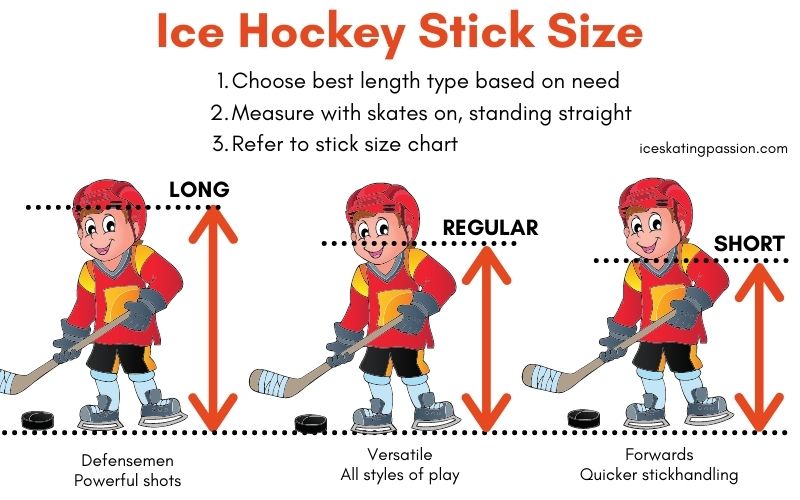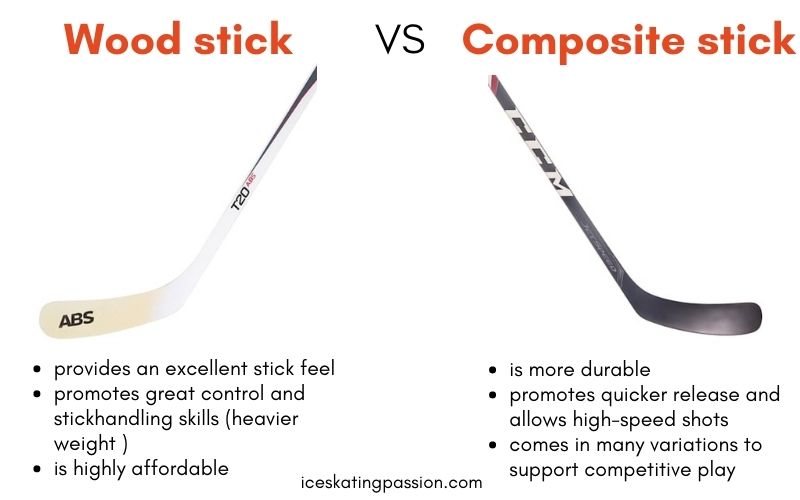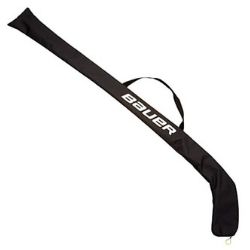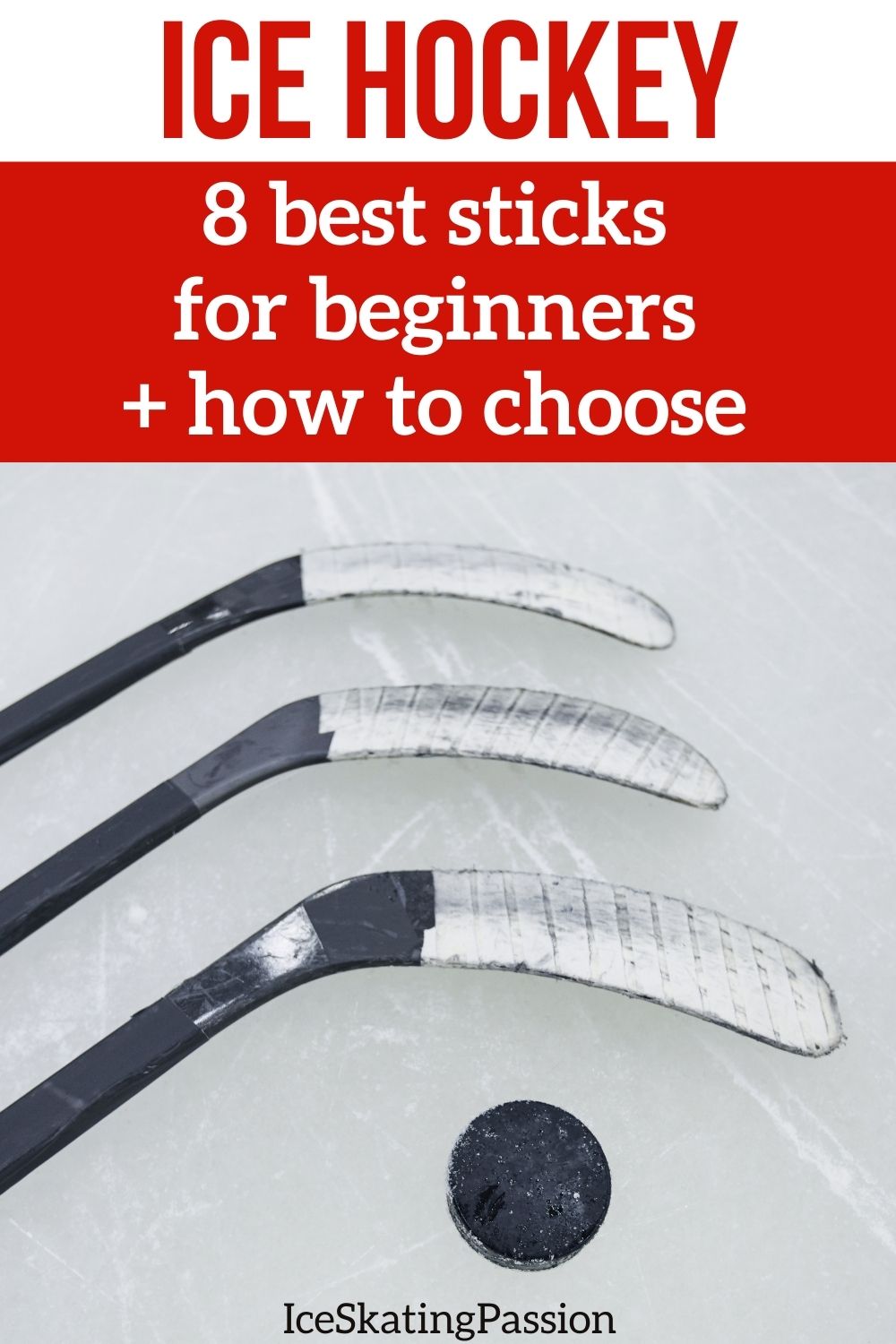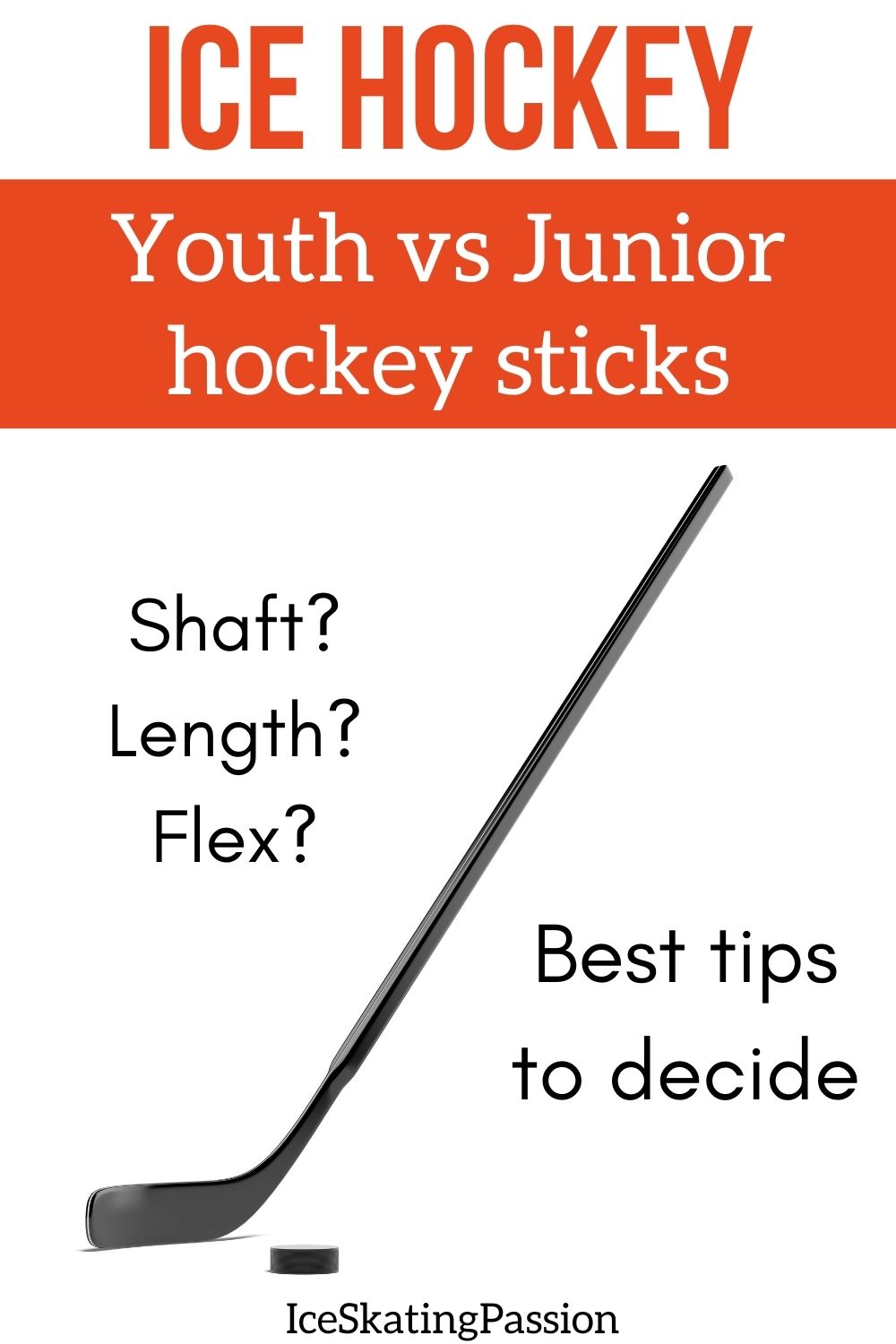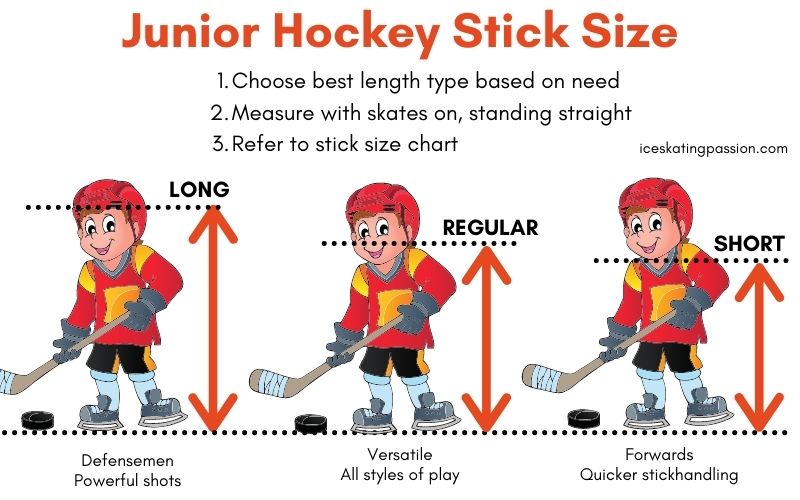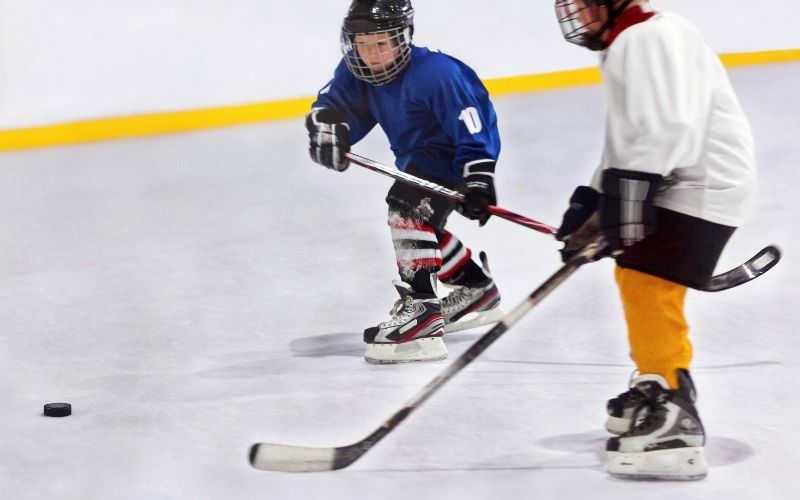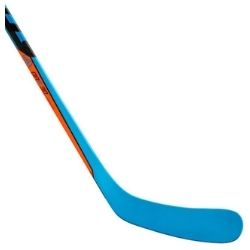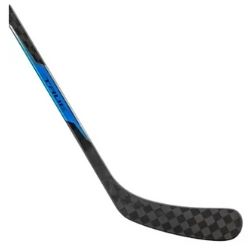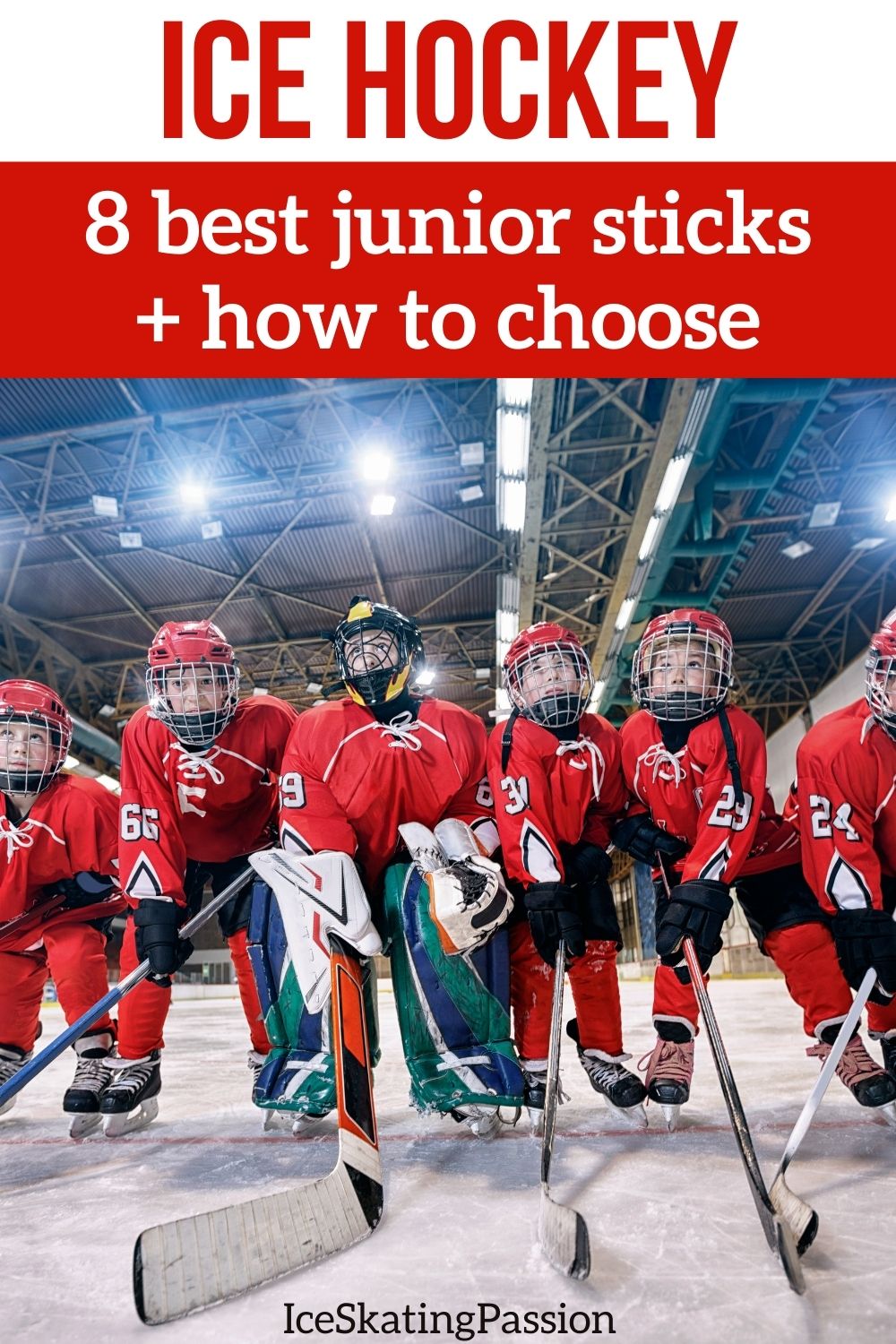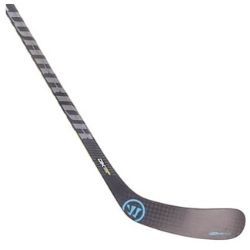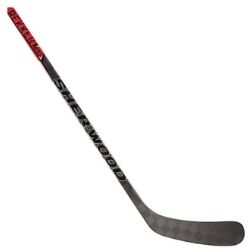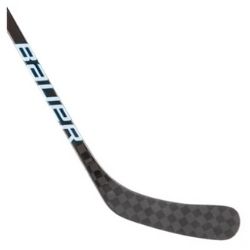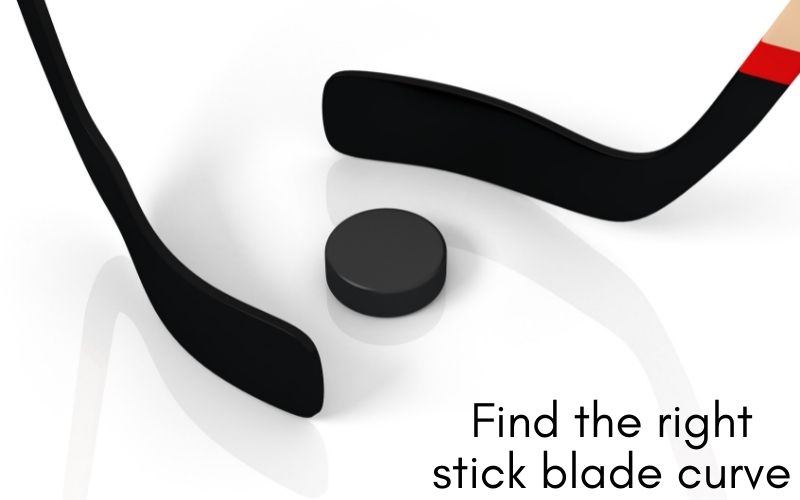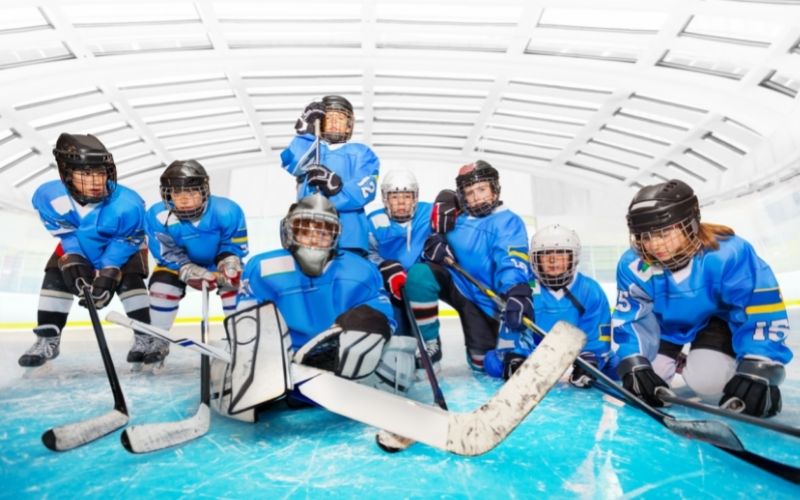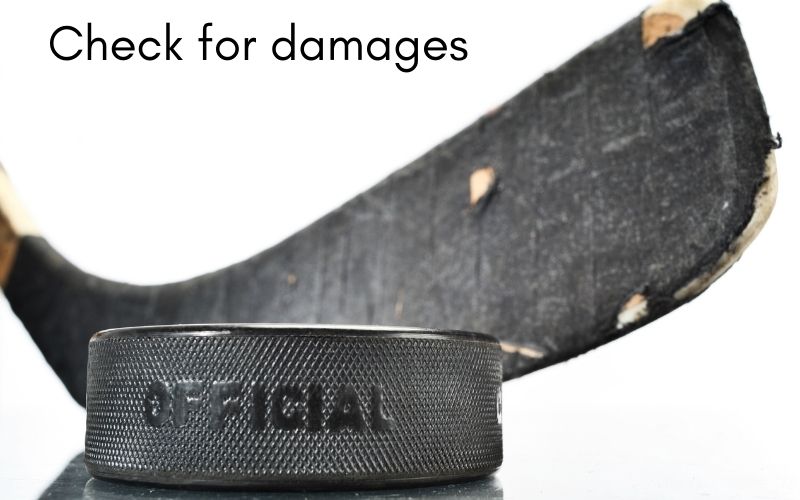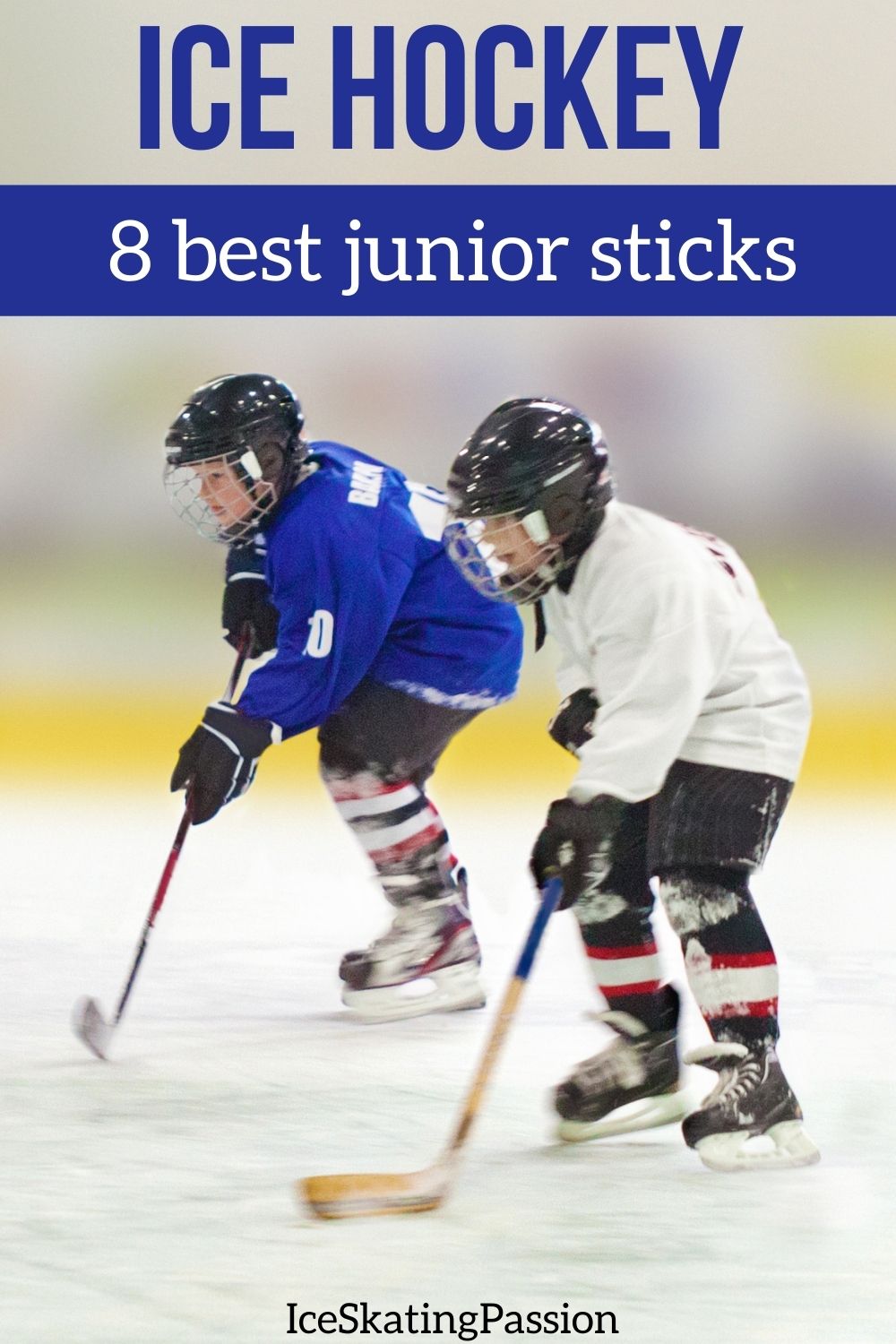The shin pads are an important part of playing ice hockey.
But in a sea of products, which ones are the best hockey shin guards for you or your kid?
Below are all my tips and selections:
- The 6 criteria to choose the shin guard for you or your kid, easily explained
- Reviews of my selections for the best hockey shin pads in 2022 (youth, junior and senior)
- The answers to your frequently asked questions
- Tips to take care of shin guards (taping, drying, washing...)
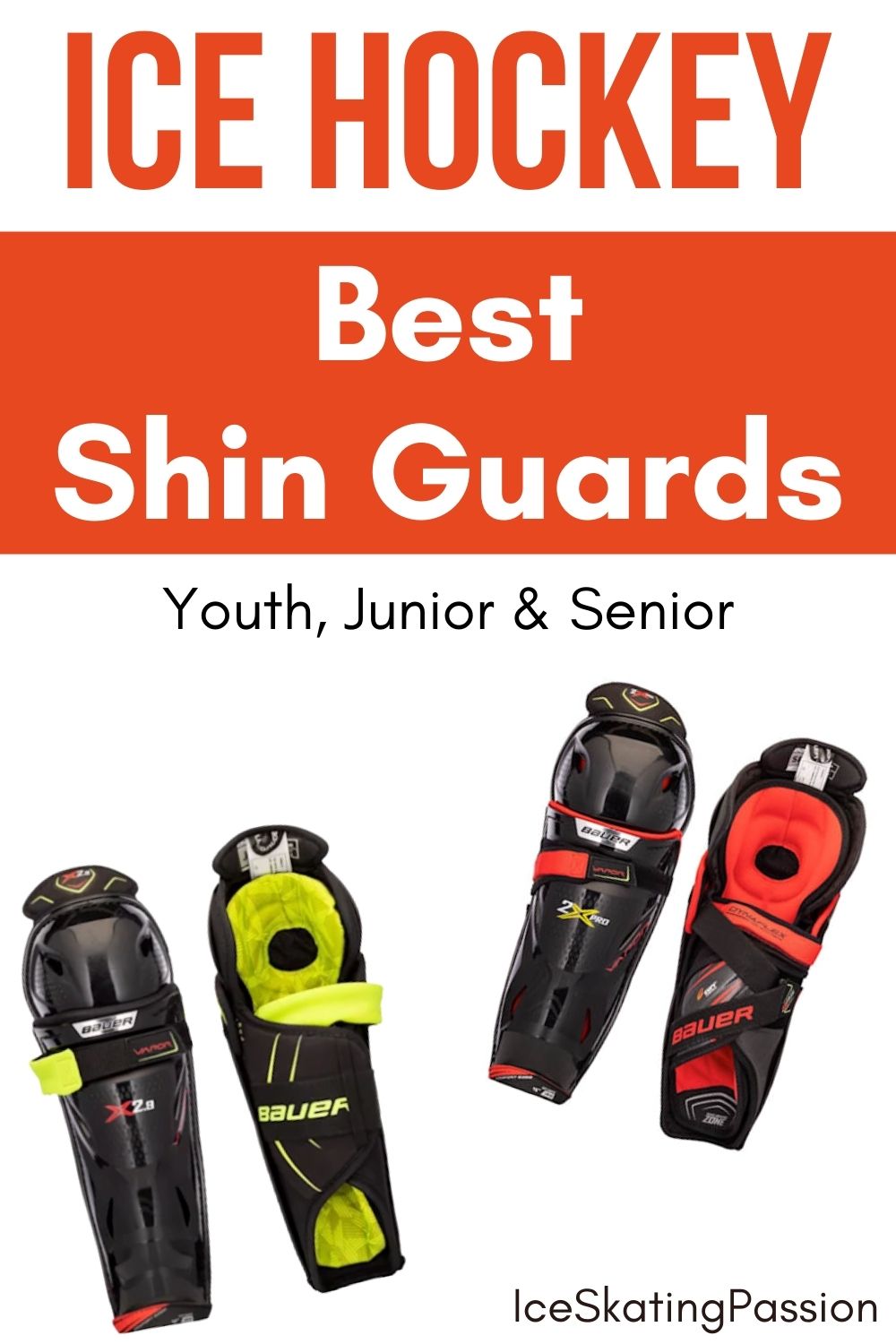
This article contains affiliate links. If you purchase using my link, I get a commission at no extra cost to you (more info here).
Best Ice Hockey Shin Guards in 2022 - short answers
This complete article gives you all the information you need for choosing the right hockey shin guards for you. But if you don't want to read everything, below, I summarize my suggestions for youth, junior and senior players.
You can find detailed reviews further down in the article.
To choose your shin guards, it mut be a balance of protection, fit and comfort.
3 best youth hockey shin Guards
3 best junior hockey shin Guards
5 best senior hockey shin Guards
And as needed, use tape over the socks to fix the shin guards.
About shin guards
What does ‘shin guard’ mean?
A shin guard is a protective ice hockey gear designed to protect the player’s shins, knees and lower legs.
Should you wear ice hockey shin pads?
Yes, you must always wear ice hockey shin pads. Ice hockey shin pads are designed to protect your knees, shins, and ankles from pucks moving at high speed, slashes, and falls. It is an important piece of protective gear designed to minimize the possibility of sustaining long-term injuries.
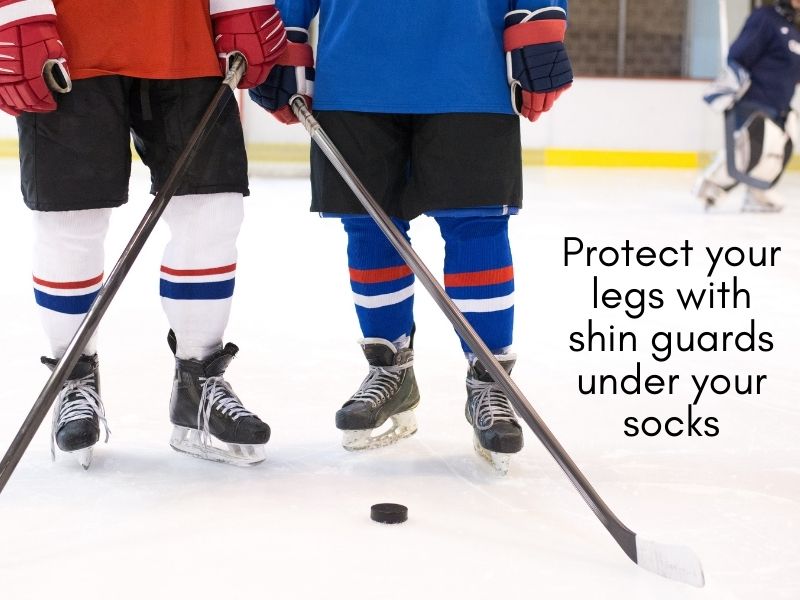
Anatomy
To buy the best ice hockey shin guards, it is important to understand the basics of a hockey shin guard - its anatomy, structure, and how they are made.
A hockey shin pad or shin guard comprises the following key components:
- Knee cap: This roundish structure on top of the shin pad aligns directly with the knee. It is designed to protect the player’s patella from getting injured.
- Knee flap (top / upper): This flap sits on top of the knee cap. It keeps it in place while allowing abundant flexibility.
- Knee flap (side): This flap sits on the side of the shin guard. It allows lateral mobility.
- Shell: Shell is the key component of the shin guard. It is a hard structure that sits on top of the shin to give it optimal protection against hard-hitting pucks and slashes.
- Calf-protection: Calf protection flaps are placed on the sides of the shell that, when worn, offer some degree of protection to the calves.
- Most shin guards come with a break below the kneecap to allow movement. Advanced shin guards offer a break at the ankle as well.
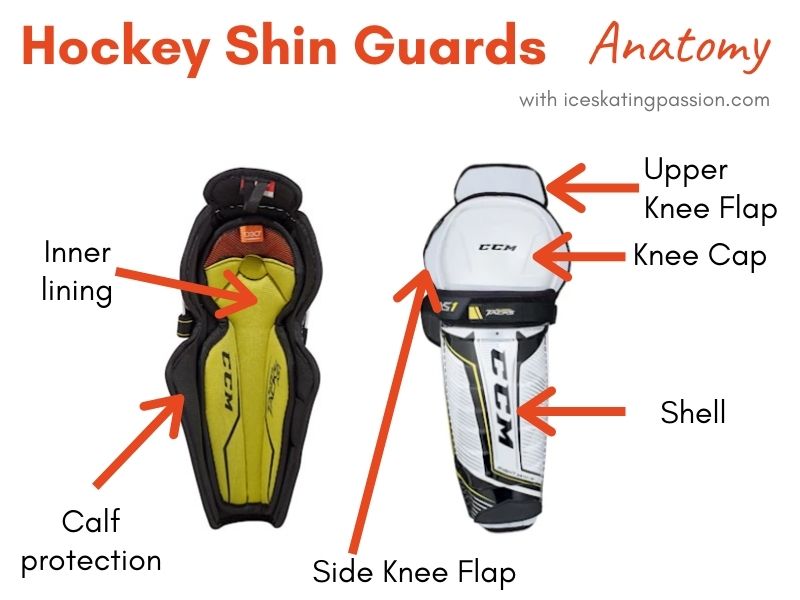
Ice Hockey Shin Guards description
IMPORTANT - Ice hockey shin guards vs field hockey or street hockey shin guards
Shin guards designed for ice hockey are different from those designed for field hockey or ball hockey. This is because ice hockey requires a greater degree of protection. Ensure that the shin guard you are considering is specifically designed for ice hockey.
6 Criteria to choose the best hockey shin pads
This section will break down all the key criteria you must consider when buying ice hockey shin guards.
#1 - Size/Measurement
Hockey shin pads are designed to protect your shins without compromising on your mobility. To ensure that both these objectives are met, measuring hockey shin guards or buying the right size is critical.
Always refer to the brand recommendations. But as a general rule:
How to measure your leg to determine the size of shin guard:
- Wear your ice skates
- Sit down in a way that your leg bends at the knee at an angle of 90 degrees.
- Measure the distance from the top of your boot to the centre of the kneecap.
- Round it up to the nearest inch, if required.
Hockey shin guard sizing:
Ice hockey shin guards come in the following size classifications:
- Youth: 7 inches to 10 inches
- Junior: 10 inches to 13 inches
- Senior: 13 inches and above
Points to remember:
The measurement should only be used as a guideline and not as an absolute rule.
People of the same height can have different leg heights. Therefore, your sizing decision should be based only on the measurement of your leg.
The sizing classification is only to be used as a guideline. Importance must be given to the actual measurement in inches.
Wearing hockey shin guards over skates can involve wearing shin guards with the boot’s tongue out or tongue in. So you should remember that if the tongue of your boot sits under the shin guard, you can go up an extra inch as compared to when your tongue sits outside the shin guard.
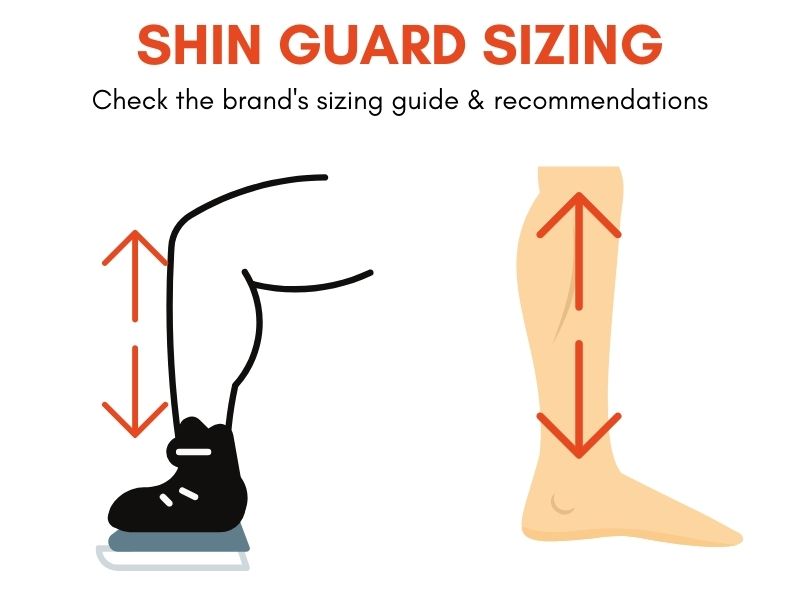
#2 - Material & shock absorption
Shin guards mainly use a molded plastic hard shell for outer protection and soft foam padding for areas requiring more flexibility.
To ensure that your shin guard delivers adequate shock protection, note the following:
Budget shin guards use basic material like single-layer foam and are not as protective as high-end shin guards that use multi-layer smart foams or padding using composite materials.
A ribbed, thick outer shell offers more protection and distributes the shock impact better than a thin shell design.
#3 - Liner & Straps / Comfort
Liner is the extra padding placed on the inside of the shin pads to protect your leg from chafing, allow it to breathe, and provide you with a comfortable feel.
Points to remember about shin pad liners are:
- The breathability of the liner used is more important than the thickness of the liner.
- Removable liners are better than fixed liners as they can be inserted based on the player’s requirement, allow faster drying time, and guarantee better comfort.
- The quality and material of the straps on the shin pad are also extremely important for determining the overall comfort of the shin pad.
Points to remember about shin pad straps:
- Straps with comfort cushioning provide far more comfort than regular velcro straps.
- Straps that come with an integrated lock-in system to prevent slipping keep the shinpad in place and enhance comfort.
#4 - Profiles
Shin guards come in three different profiles:
Traditional Fit: This fit is bulky throughout its body and is the standard-fit that used to be the most popular. It offers the most protection while also allowing adequate mobility!
Contoured Fit: This is a snug fit shin guard that stays close to the leg across its entire length. It offers lower protection than a traditional fit but is often preferred by forwards or players specializing in quick moves fast play.
Tapered Fit: The tapered fit is bulkier on the top and tapers towards the bottom. It provides great knee protection and allows ample ankle movement. The tapered fit is the most popular type of shin guard in modern ice hockey.
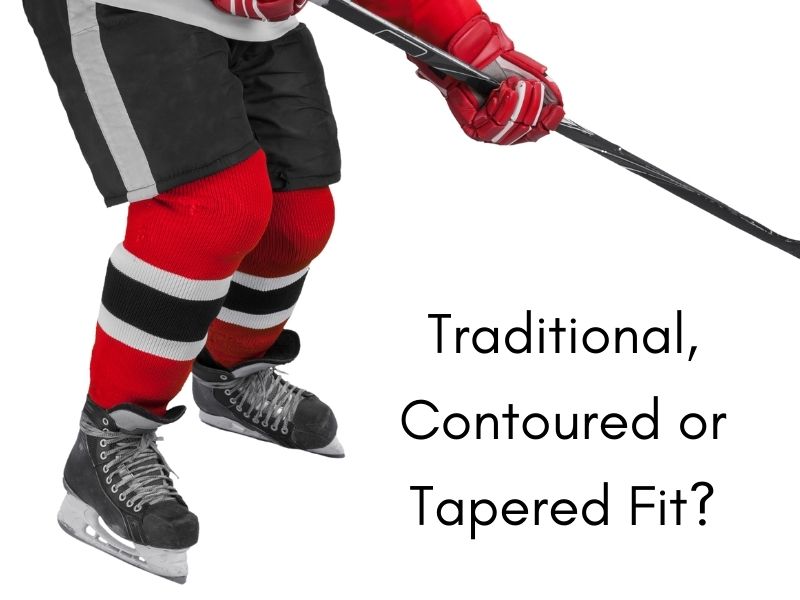
#5 - Fit
The fit of the shin guard is critical for optimal protection of the shin. Even a top-end shin guard will be of little use if it does not fit well.
So how should a shin-guard fit?
- The knee cap on the shin guard should sit right on top of the knee. It should cradle the knee.
- The bottom of the shin guard should stay close to the top of your skate boot and should not leave the ankle area exposed.
- The straps should close comfortably tight on the calves.
Remember that:
- A small shinguard will leave your ankle area exposed and will feel too tight.
- A larger-sized shinguard will come down too low on your boot, and your boot will push the shin guard up. It will stay loose and result in unwanted movement. The kneecap will not align with the donut of your knee and expose you to injuries.
#6 - Price
There can be large variations in the price of shin guard, depending on the level of protection vs mobility.
Budget shin guards: These offer basic protection and are suitable for absolute beginners and recreational players.
Mid-range shin guards: These offer the most value-for-money as they employ technology used in advanced shin guards toned down to suit beginner-to-intermediate level of play.
Expensive shin guards: These offer all-around protection and enhance mobility. The material and technology employed in these shin guards easily support elite level of play.
Brand
The main brands making reliable shin guards are Bauer and CCM.
However, when determining which shinguard to opt for, note that the fit and comfort of the shin guard are more important than brand loyalty and overall look.
Reviews - Best Youth hockey shin guards
Pure hockey PH1
Pros:
- Great protection for the price range
- A great choice for beginners, recreational players
- Super comfortable
- Adequately shock absorbent
Cons:
- It needs extra taping, as a single strap is not enough for secure closure.
Ideal for: Beginners or those on a budget
PH1 Kids hockey shin pads are a great choice for those who want to opt for good quality shin pads, but do not wish to invest in high-end ones.
These entry-level shin pads come in an anatomical fit that seems to complement young legs perfectly. The design is also a bit top-heavy for improved protection.
Given that these are not high-end shin pads, they do not employ a composite smart foam for protection, but rely on a basic multi-density foam. However, the foam placement helps keep the overall feel of the shin guards fairly lightweight.
What’s fantastic is that even though these are basic shin pads, the liners can be removed. This supports quick-drying and enhances comfort. The removable liners also allow the fit to be customized as per player needs.
However, the one area where the design falls short is in the strap department. The use of a single strap causes shifting and sliding unless properly taped and can prove to be a bit of a hassle for entry-level players.
CCM Tacks AS1
Pros:
- Suitable for elite level of play
- Removable liner for greater comfort
- Quick adjustment straps
- Affordable
- Excellent protection
Cons:
- Limited calf coverage
Ideal for: Intermediate to advanced level players looking for comfort and protection.
The CCM Tacks AS1 pack several impressive features that make these suitable for intermediate to advanced levels of play.
They use a beautifully molded knee cap structure that completely covers the player’s knees. The shin area itself is protected using a high-quality molded PE shell. The ribbed design on the kneecap and the shin shell disperse shock evenly and keep the leg feeling secure even in high-intensity games.
The liner used in these shin guards employs the super-absorbent D3O material. This material is a top-end material that keeps the weight of the shin guards low while adding tremendous shock absorption to the shin guards.
The liners can be easily removed for cleaning and can be suitably placed in the shin guards, depending on individual preference.
Another small but impressive feature of these shin guards is the velcro strap mechanism. The straps can be quickly adjusted and then sealed on the front end for a secure closure.
Had these shin guards offered a little more coverage on the calves, they would have easily proved to be the perfect youth hockey shin guards.
Bauer Supreme 2S Pro
Pros:
- Anatomical fit (Same as senior-level)
- Excellent calf coverage
- Breathable liner
- Great value for money
Cons:
- Need to be taped to prevent shifting
Ideal for: Bauer fans looking for top-quality full-coverage comfortable shin guards
Bauer Supreme 2S Pro shin pads are a great choice for those looking for the perfect blend of comfort and protection.
The protection provided by these shin guards comes from the use of MD foam, a smart foam that excels at shock absorption. The placement of the MD foam on the knee and the knee flap extending to the thigh allows even shock distribution.
This protection is also seamlessly complemented by the anatomical fit. The fit, which is a replica of its senior model, sits firmly on the shin. It delivers a soft, thick cushioning without feeling bulky at all for the small, skinny legs of young players.
What increases the comfort quotient of these shin guards is the use of Vent Armor foam. The foam and the liner work hand in hand in keeping the legs feeling dry. The shin guards come with two straps. However, the straps need the support of extra taping for securely keeping the shin guards in place.
Reviews - Best Junior Hockey Shin Guards
Bauer Vapor 2X pro
Pros:
- Super protective for low-profile design and thin construction
- Suitable for elite level of play
- Promotes fantastic mobility
- Lightweight and breathable
- Secure double velcro straps
Cons:
- Thinner than standard shin pads
Ideal for: Dedicated players who prefer a lightweight shin-hugging design for better movement
These elite-level shin pads are one of the lightest ice hockey shin pads and offer abundant freedom of movement. The low-profile hockey shin guards prove to be an excellent choice and are undoubtedly the best hockey shin guards for forwards. The shin-hugging design allows free movement without feeling restrictive at all.
The patterned shell also distributes shock, nullifying the impact of slashes and pucks completely. The premium quality of the X-Lite Shield Shin Cap impresses instantly, especially if you are upgrading from shin guards.
The Deep Fit Pro Knee Cap is a champion at knee protection. Its deep knee cavity wraps completely around the knee and holds it in place even when the leg is completely flexed. The straps lock themselves in place quickly and stay in place throughout.
The overall design has also been structured to feel highly comfortable. The removable liners dry fast, and the placement can be adjusted to meet personal requirements.
Overall, if you are willing to try out shin pads that are much thinner than traditional fit shin pads, these are a worthwhile investment.
CCM Super Tacks AS1
Pros:
- Customizable protection
- Highly comfortable lining and padding
- Defined fit
- Excellent value for money
- Suitable for elite-level of play
Cons:
- Slightly tapering design may not work for everyone.
Ideal for: Best all-round shin guards for intermediate to advanced level of play
The CCM Super Tacks AS1 design is highly impressive for its high-quality construction, seamless integration of protective features, and overall comfort-enhancing features.
To begin with, what impresses me the most is that these shin pads use the solid D3O foam throughout their body as the primary protective element.
The D3O is known to be the most shock-absorbing material amongst ice hockey gear materials. It deadens the most intense shocks almost instantly, thereby facilitating freedom of movement. Thus, what’s commendable is that the D3O has been used on the calf area, on the knee as well as on the shin.
To enhance comfort, the shin guards employ a removable liner with detachable lower shin padding for a highly customizable fit.
However, a unique aspect of the CCM shin guard is the tape groove integrated into the shin cap. This small addition to design goes a long way in increasing ease of use and preventing shifting of the pads.
Bauer Vapor X2.9
Pros:
- Provides excellent value for money
- Removable liner for more comfort
- Adequate protection for beginner to intermediate level of play
- Dual strapping for a more defined fit
Cons:
- Not suitable for elite players
Ideal for: Those looking for mid-range shin guards providing all-round protection and comfort.
The Bauer Vapor X2.9 Junior Hockey Shin Guards are the best hockey shin pads for those looking for all-round protection and comfort at an affordable price range.
These shin pads do not employ advanced construction features like the Junior shin pads reviewed above but still deliver commendable protection and comfort.
The liner, in particular, which uses the Thermo Max technology, is extremely breathable. It will leave you feeling dry and cool. It is removable too, for thorough cleaning and drying.
You will also feel super comfortable wearing these shin guards, thanks to their wide straps. The straps gently cover the calf area, and the fit can be easily dialed down as per the player’s individual liking.
The Shin Cap and the Kneecap both feel sturdy when worn, and most impacts go unnoticed.
In my opinion, unless you are looking for low-profile or elite-level shin pads, you should only opt for these shin pads for their impressive design and construction.
Reviews - Best Senior Hockey Shin Guards
Bauer Vapor 2X Pro
Pros:
- Super protective for low-profile design and thin construction
- Suitable for elite level of play
- Promotes fantastic mobility
- Lightweight and breathable
- Secure double velcro straps
Cons:
- Thinner than standard shin pads
Ideal for: Elite players who prefer a lightweight shin-hugging design for better movement
One of the best options for light ice hockey shin pads. They also offer abundant freedom of movement. An excellent choice for forwards. The shin-hugging design allows free movement without feeling restrictive at all.
The patterned shell distributes shock, nullifying the impact of slashes and pucks completely. The premium quality of the X-Lite Shield Shin Cap will impress you, especially if you are upgrading from older shin guards.
The Deep Fit Pro Knee Cap is a champion at knee protection. Its deep knee cavity wraps completely around the knee and holds it in place even when the leg is completely flexed. The straps lock themselves in place quickly and stay in place throughout.
The overall design has also been structured to feel highly comfortable.
The liners are removable and dry fast. Plus, their placement can be adjusted to meet personal requirements.
Overall, if you are willing to try out shin pads that are much thinner than traditional fit shin pads, these are a worthwhile investment.
CCM Super Tacks AS1
Pros:
- Customizable protection
- Highly comfortable lining and padding
- Defined fit
- Excellent value for money
- Suitable for elite-level of play
Cons:
- Slightly tapering design may not work for everyone.
Ideal for: Best all-round shin guards for intermediate to advanced level of play
The CCM Super Tacks AS1 design is impressive because of
- its high-quality construction,
- seamless integration of protective features,
- and overall comfort-enhancing features.
These shin pads use the solid D3O foam as the primary protective element. D3O is known to be the most shock-absorbing material amongst ice hockey gear materials. It deadens the most intense shocks almost instantly.
On this product, the D3O has been used on the calf area, on the knee, as well as on the shin.
Plus, to enhance comfort, these shin guards employ a removable liner with detachable lower shin padding for a highly customizable fit.
Plus, another unique aspect is the tape groove integrated into the shin cap. This small addition to design goes a long way in increasing ease of use and preventing shifting of the pads.
Bauer vapor X2.9
Pros:
- Provides excellent value for money
- Removable liner for more comfort
- Adequate protection for beginner to intermediate level of play
- Dual strapping for a more defined fit
Cons:
- Not suitable for elite players
Ideal for: Those looking for mid-range shin guards providing all-round protection and comfort.
The Bauer Vapor X2.9 senior Hockey Shin Guards are the best hockey shin pads for those looking for all-round protection and comfort at an affordable price range.
They don't have advanced construction features, but still deliver commendable protection and comfort.
The liner uses the Thermo Max technology and is extremely breathable. It will leave you feeling dry and cool. It is removable too, for thorough cleaning and drying.
You will also feel super comfortable wearing these shin guards, thanks to their wide straps. They cover the calf area very well, and the fit can be easily adjusted to the player’s individual liking.
The shin cap and the kneecap both feel sturdy when worn, and most impacts go unnoticed.
CCM Tacks 9060
Pros:
- Excellent value for money
- Complete all-round protection
- Removable liner with knee cut out for comfort and cleaning
- Thick straps to keep the shin pads in place
Cons:
- A bit thicker than elite models
Ideal for: Those looking for all-round protection at an affordable price range
Unless you are an elite-level player looking for a specific shin guard profile, you will like these shin guards for their excellent comfort and protection.
Given that they come at a mid-range price point, it is astonishing to see how protective these shin pads are.
These shin pads use the classic CCM PE mold cap for the shell. The protective material coupled with the patterned design dilutes the blow of most impacts. The knee area also feels deep enough to cradle the knee cap properly, and the use of the hard PE ensures that hard blows are blocked and nullified.
For comfort, these shin pads use a removable liner with a clever knee cut-out similar to its top-end models. This feature guarantees a clean, dry feeling. What’s impressive is that the liner holds on to the back of the pads even after it has been removed and washed a few times.
The other two interesting features integrated into these shin guards are the broader straps that perform an excellent job at keeping the shin pads in place and the tape grooves that take the user experience to the next level.
Overall, these should be your go-to shin pads if you want great value for money.
Bauer NSX
Pros:
- Budget-friendly
- Good protection for the price range
- Removable liner for comfort and cleaning
- Durable
- Ideal for beginners or recreational players
Cons:
- Bulky feeling takes some time to get used to
Ideal for: Those looking for cheap shin pads for entry-level or recreational play
Bauer has always excelled at producing both elite-level gear as well as entry-level gear. With this product, Bauer retains the basic protection required in hockey gear while lowering the overall sophistication in its budget range gear.
The Bauer NSX delivers ample protection and adequate comfort and comes at a cheap price point that is perfect for recreational play.
These shin pads use a tapered profile - which means that they are loaded with protection on top for a secure feel, and thinner padding at the ankles allows free movement. On the back, the shin guards cover the calves completely using thick molded PE inserts and high-quality velcro calf straps.
On the inside, the shin pads use a simple mesh liner that keeps the legs dry and improves breathability.
Overall, note that its comfort and fit features are not comparable in quality to the top-end models. You will find these shin pads a bit bulky, and the small strap at the back will do little to hold the shin guards in place.
Nevertheless, for protection, these shin pads perform as well as Bauer’s advanced models and are a fantastic choice for recreational players who do not want to shell out extra dollars on fancy shin guards.
Tips to take care of ice hockey shin guards
In this section, you will find some quick tips to help you take care of your shin guards. Taking care of shin guards ensures that their protection stays intact and helps you get the most out of them.
Taping your Hockey Shin Guards
To ensure an ideal fit and prevent the shin guards from moving during play, most players use sock tape to keep their guards in place.
One technique is as follows, but you should experiment to find what works best for you:
- Fit your shin guards
- Place your hockey socks over the shin guards
- Tape over hockey socks to hold both your socks and shin guards in place
- Tape around the leg multiple times just below the knee
- Do the same just above the ankle or mid-calf
- You can add an extra diagonal wrap between the two
Drying
- Dry out the shin guards completely after every use at normal room temperature.
- Leave them on a drying stand or hang them.
- Spray a light coat of sports deodorizer on them while they dry.
- Do not use the shin guards again unless they are completely dry.
Washing
- If your shin guards have become too dirty or stinky, you can safely wash them at home.
- Soak the shin guards (velcros sealed together, liners removed) in warm water with mild detergent (specifically made for sports gear) or vinegar.
- Load them in the washing machine and run a regular cycle. Make sure the machine isn’t too full. Avoid using harsh detergents.
- Let them dry out completely before the next use.
Inspecting & Replacing
- Regularly inspect shin guards to see if they are damaged. A damaged velcro strap can be fixed.
- However, never stick together a cracked shin cap. A cracked shin pad must be replaced immediately.
Other care
- Keep the velcro on the shin pads free from pieces of tape or cloth to ensure that they seal properly.
- Tape the shin pads between the knee and the leg area to avoid wear and tear on account of friction.
Frequently Asked Questions - Ice Hockey Shin Pads
Do socks go over or under shin guards?
Socks always go over the shin guards. Position the shin guards correctly, strap them on and then wear socks over them. If required, tape over for extra security.
What shin guards do NHL players wear?
NHL players were elite-level shin guards from popular brands like Bauer, CCM, and Warrior.
What do you wear under the shin guards?
Some players wear a base layer of pants, compression pants, or socks underneath their hockey gear to add comfort and prevent the shin guards from coming in direct contact with their skin. However, most players wear ice hockey pants (knee length) and hence do not wear anything under the shin guards.
Which shin guard goes on which leg?
Shin guards made by most major brands come printed with the words left or right on them for easy identification.
Complete your hockey equipment set!
Other protective gear to get for hockey players:
- Best hockey helmets - read article
- Best hockey gloves for players - read article
- Best hockey mouthguard - read article
- Best hockey elbow pads - read article
- Best hockey shoulder pads - read article
And if you want to work out off ice:
- 10 essential elements to cover in your off-ice workouts - read article
- 10 best off-ice hockey training equipment - read article
- Best hockey shooting pads and tiles - read article
- Best slide boards for hockey training - read article
- Best synthetic ice for hockey players - read article
- Best net targets and shooting tarps - read article
- Best hockey passers and rebounders - read article
- Best balance boards for hockey players - read article
- Best stick handling tools - read article
Share it on your favorite social media!
